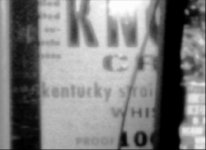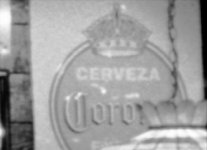Turtle
Veteran
please note that with regard to the 21 biogon they suggest that the 21 elmarit is prob the one to get but seeing as they do not directly compare or test the Leica lens there is little to substantiate this comment. As far as the sonnar was concerned I was always under the vague impression that it was not the sharpest lens about but the signature was its reason for being.
And as for the comment somewhere that the ZM 21 4.5 in the pipeline is not expected to be a super performer as it is a reincarnation of an old lens, this does not appear to be the case at all. Preliminary tests suggest that this lens is truly outstanding from wide open rather than a piece of nostalgia...in fact sharper than the 21 2.8 biogon which Putz suggests is as good as the elmarit...
And as for the comment somewhere that the ZM 21 4.5 in the pipeline is not expected to be a super performer as it is a reincarnation of an old lens, this does not appear to be the case at all. Preliminary tests suggest that this lens is truly outstanding from wide open rather than a piece of nostalgia...in fact sharper than the 21 2.8 biogon which Putz suggests is as good as the elmarit...






